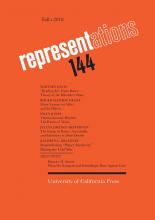The following is adapted from the introduction to the issue by its editors, Daniela Bleichmar and Vanessa R. Schwartz:
Visual histories—pictorial accounts of the past—are as old as art, but they have been little recognized as constituting their own genre.
In the Western tradition, visual histories have since early modernity played an important role in geographic and economic expansion, imperialism, and capitalism and in the global circulation of information through reproducible media, from the printing press to photography, film, and digital media. As such, the rise and spread of visual history has an important legacy for contemporary culture. We see the news more than we read it; historical fictions and documentaries play on screens small and large to enormous audiences; new museums dedicated to national and world heritage exhibit the past and visualize historical narratives primarily through combinations of objects and images. The essays in this special issue of Representations, taken together, also delineate a centuries-long trajectory of visual history; one that has been variously embraced, ignored, and challenged by different audiences. There is little doubt that the contemporary digital-image revolution makes us now, more than ever, both able to see the long life of visual history and curious about its workings.
In proposing and exploring the notion of visual history, we aim to contribute to the study of images in the broadest sense, addressing all pictures and formats across categories such as fine art, popular or folk art, and nonart. Central to our approach is the belief that images not only reflect or provide access to a period’s views but also actively participate in creating those views in the first place. As the essays in the volume suggest, the history of images has an impact on the making of other images, which itself constitutes a valuable record of people’s past actions in the world. Additionally, the essays we present here investigate how images shape meaningful change rather than embodying, containing, or reflecting changes that happen elsewhere. Visual history is thus particularly important because it suggests that images have shaped how people lived in earlier times as much as they can be used in the present to address other issues that concern students of the past, among them evidence and truth claims, the organization and presentation of knowledge and information, and temporality and the experience of spatial and temporal distance.
If, as we suggest, visual histories rupture the metronomic pace of history, they also allow time to simultaneously compress and expand, to make some things more proximate and others more distant. In fascinating, unexpected, and at times unpredictable ways, images time-travel and take us with them. They also take up our time, the minutes and hours of looking and seeing. And they have their own kind of time, because the experience of seeing history is phenomenologically different from that of reading it in words.
Table of Contents
DANIELA BLEICHMAR and VANESSA R. SCHWARTZ
Visual History: The Past in Pictures
RANDALL MEISSEN
Francisco Pacheco’s Book of True Portraits: Humanism, Art, and the Practice of “Visual History”
EVONNE LEVY
Eyewitnessed Historia and the Renaissance Media Revolution: Visual Histories of The Council of Trent
SUSAN L. SIEGFRIED
Visualizing History in Eighteenth-Century France
ALLEN DOYLE
The Medium Is the Messagerie
BILLIE MELMAN
Ur: Empire, Modernity, and the Visualization of Antiquity Between the Two World Wars
AARON RICH
The Accent of Truth: The Hollywood Research Bible and the Republic of Images
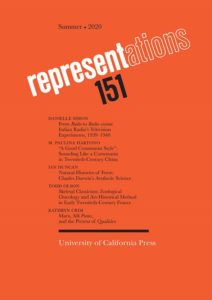

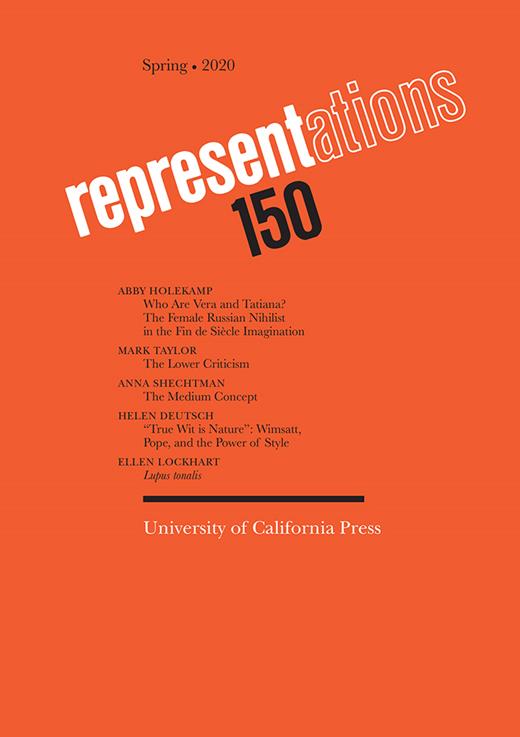
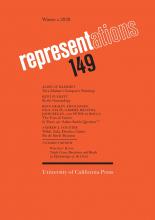
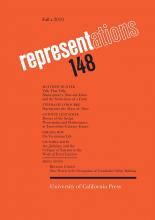

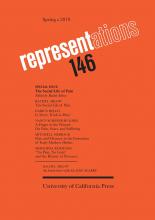 “The essays collected here counter [the] fantasy of pain as a knowable sensation that lies within that is then represented, or misrepresented, in language. Instead, they consider pain as always already enmeshed in social life, and representation as the means through which we can engage this imbrication. In so doing, they demonstrate the importance of bringing together two approaches to the problem of pain that have often been kept distinct. The first is the anthropological insight that pain behavior constitutes a mode of social engagement and, hence, that suffering is necessarily bound up with shifting, often unpredictable, cultural, familial, and interpersonal dynamics. The second involves a historical and literary-critical account of representation’s complex and productive relations to both experience and culture.” –from the editor’s introduction
“The essays collected here counter [the] fantasy of pain as a knowable sensation that lies within that is then represented, or misrepresented, in language. Instead, they consider pain as always already enmeshed in social life, and representation as the means through which we can engage this imbrication. In so doing, they demonstrate the importance of bringing together two approaches to the problem of pain that have often been kept distinct. The first is the anthropological insight that pain behavior constitutes a mode of social engagement and, hence, that suffering is necessarily bound up with shifting, often unpredictable, cultural, familial, and interpersonal dynamics. The second involves a historical and literary-critical account of representation’s complex and productive relations to both experience and culture.” –from the editor’s introduction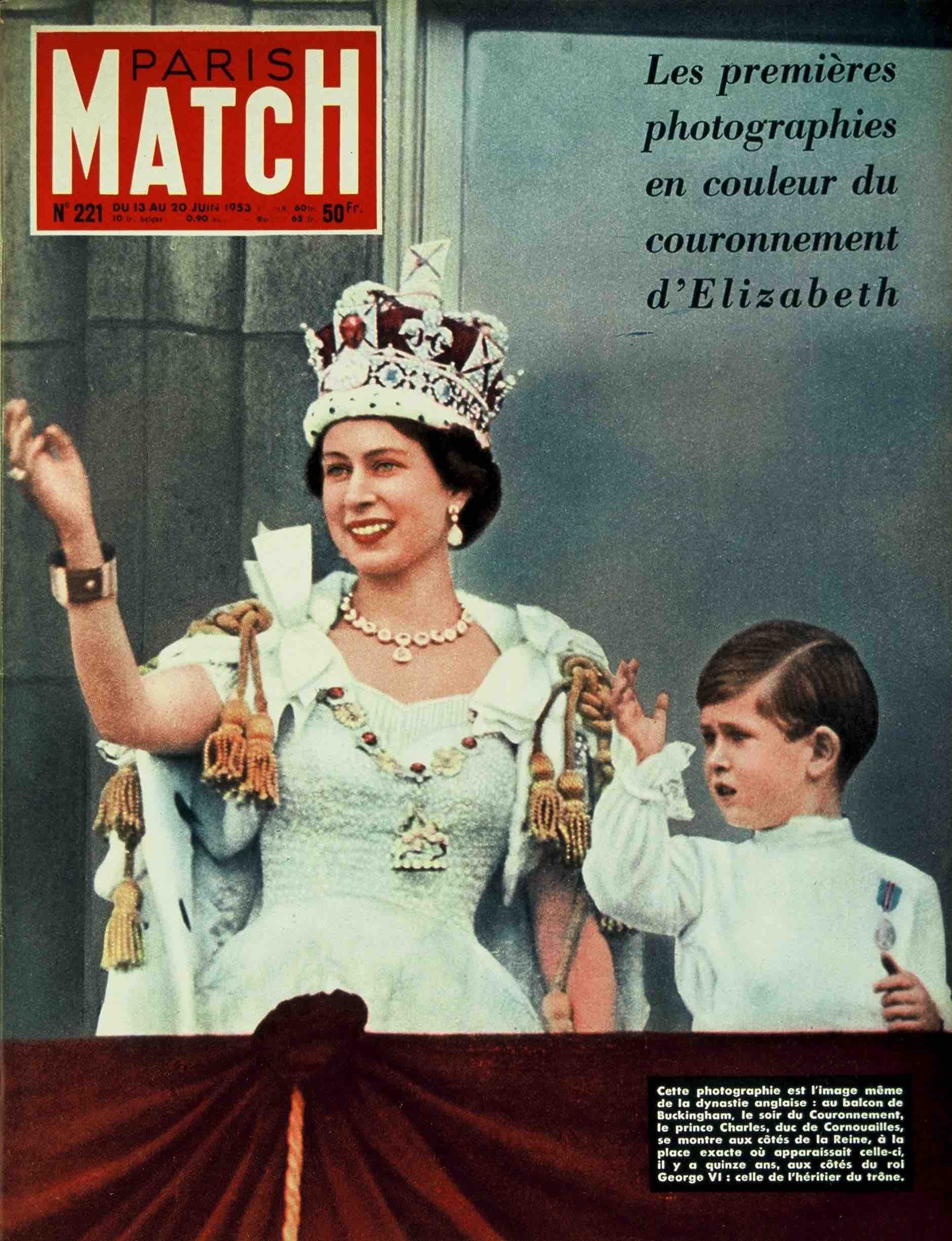 Representations 145
Representations 145

